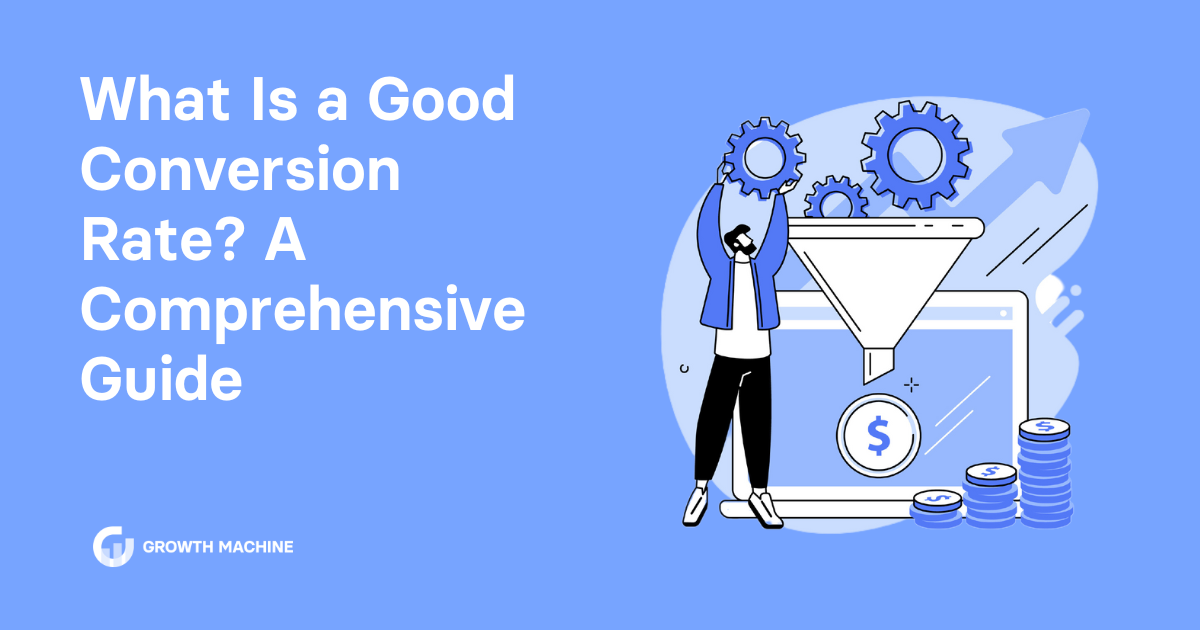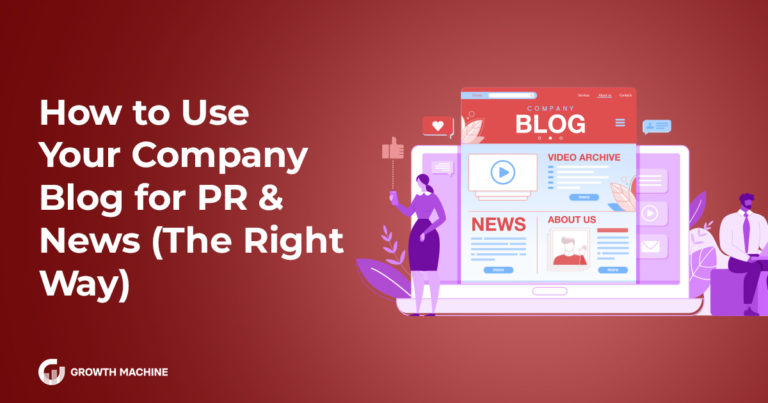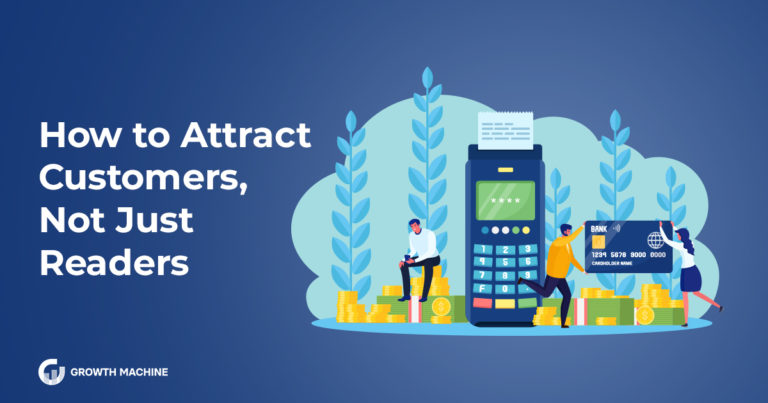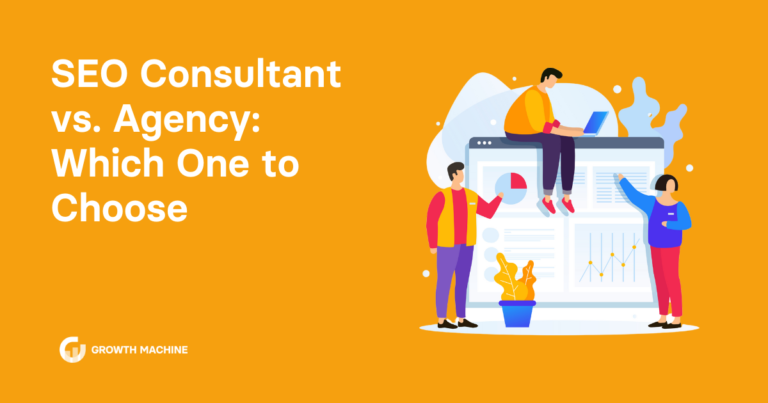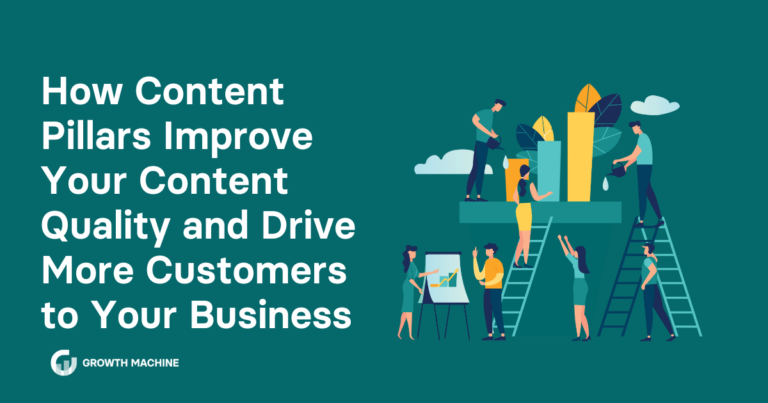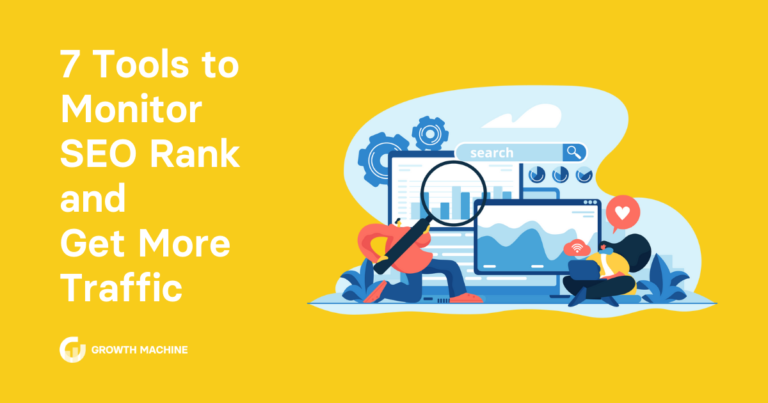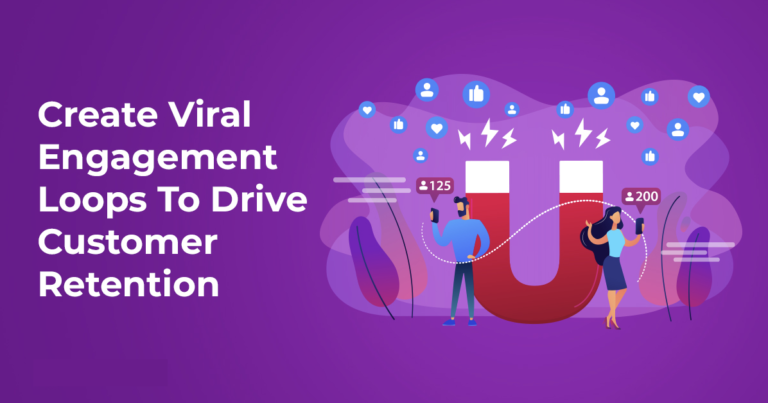What Is a Good Conversion Rate? A Comprehensive Guide
You put a lot of effort into your digital marketing strategies, from your website to your social media presence. Hard work will get you far, but it doesn’t guarantee success.
The only way you can know whether your marketing efforts are working is to check metrics like your conversion rates. But what is a good conversion rate?
To determine this, you’ll need to know the average conversion rates for your business model and industry. From there, you can decide how well your business is doing.
This guide explains the ins and outs of conversion rates and why they’re so important. We’ll also share good conversion rates to aim for and a few helpful tips to boost yours.
What Are Conversion Rates?
A conversion rate measures the percentage of website visitors who take a desired action on your website. This action could be making a purchase, signing up for a webinar, or clicking on any other call-to-action (CTA).
Conversion rates are a helpful litmus test for measuring how marketing affects your bottom line. The more conversions you get, the better your campaigns perform.
If you’re checking a tool like Google Analytics, it’ll calculate conversion rates for your entire site and individual pages.
With the right setup, analytics tools can track more specific conversions, like email subscriptions.
We recommend tracking your conversion rates in an analytics tool, but you can also calculate conversion rates manually with this simple formula:
(Total number of conversions / Total number of visitors) X 100
So, if you got five conversions from 200 site visitors:
(5/200) X 100 = 2.5% conversion rate
We mostly talk about website visitors when calculating conversion rates, but you can also track conversions for email messaging, social media, and pay-per-click (PPC) ads.
You can track conversions on almost any platform with a CTA that prompts potential customers to act.
Why It’s Important to Track Your Conversion Rates
You invest a lot of time and resources into marketing your business. Regularly checking metrics like your conversion rates tells you whether marketing is paying off or if you need to do something different.
But what is a good conversion rate? Low conversion rates are usually a symptom of a bigger problem, so regularly checking can save you time and money!
Monitoring conversion rates will also help you:
- Benchmark performance: Have you ever wondered, “How is my business doing compared to everyone else?” Comparing your conversion rates against industry averages tells you how well your marketing measures up.
- See which campaigns generate the most results: Maybe you’re pouring a lot of time into TikTok, but email marketing generates more conversions. Use this data to route resources to the platforms that get results.
- Fine-tune your messaging: Lower conversion rates aren’t the end of the world — they’re an opportunity for improvement. Landing pages with low conversion rates might need new messaging, a different layout, or A/B testing.
Conversion rates tell you which pages and platforms need extra love, which can make a big difference in your return on investment (ROI).
What Is a Good Conversion Rate?
As of 2023, the global average conversion rate was 3.68%. That means nearly four out of every 100 potential customers took a desired action.
This average can give you a general ballpark number to aim for. But a “good” conversion rate depends on your industry, business model, and many other factors.
Good Conversion Rates by Industry
Conversion rates differ by industry, so an ideal conversion rate for a bottled tea company will be different from a makeup company.
Here’s a quick breakdown of some average conversion rates by market:
- Food & Beverage: 3.1%
- Health & Beauty: 2.9%
- Skincare: 2.4%
- Active Apparel: 2.3%
- Footwear: 2.2%
- General Apparel: 2.1%
For eCommerce Websites
eCommerce websites sites are in their own little category. Unlike a service-based business, an online store pushes immediate purchases.
The average eCommerce conversion rate ranges from 2.5% to 3%, although small Shopify stores see conversion rates of around 1.4% on average.
For Ads
PPC ads like Google Ads and Facebook Ads can drive a ton of traffic to your site — for a price. This is a pricey lead generation method, so high conversion rates are a must.
Measuring your PPC conversion rates will tell you whether a campaign is paying off or if you need to make changes ASAP. Conversion rates differ a lot here, but businesses report 3.1% to 6% conversion rates for search ads and up to 1% for display ads.
For Email Campaigns
A good conversion rate for email depends a lot on the type of email you’re sending. For example, welcome emails see a 1.95% conversion rate, while cart abandonment emails can see conversions as high as 18.54%.
Tips for Conversion Rate Optimization (CRO)
Are your conversion rates below the industry average? Don’t let it get you down.
Instead, use this data to refine your marketing campaigns and generate more returns for your hard work.
Follow these conversion rate optimization tips to see higher conversion rates.
Understand Your Audience
You’ll see lower conversion rates if there’s a mismatch between your messaging and your audience’s expectations. Instead of treating your website visitors as a single audience, try segmentation.
Segmentation categorizes your target audience into different buckets, which will help you write hyper-personalized content and offers on the right platforms.
You may need to rework your marketing strategies, but this is the best way to improve conversions.
Remove Popups
You might want to tell site visitors something urgently, but popups aren’t the way to do it. They can hurt the customer experience, especially on mobile devices.
Remove popups from your site and see if that impacts conversion rates. You’ll likely see an increase in the number of people who convert.
Manage Cart Abandonments
This problem is unique to eCommerce businesses. If people aren’t checking out, there might be a problem with the checkout process.
Simplify the user experience as much as possible: remove form fields, allow one-click checkout, and offer live chat support.
Not everyone who adds an item to their shopping cart will make a purchase, either. It’s your job to bring them back to complete the transaction.
Set up abandoned cart email flows or SMS campaigns to bring these shoppers back into the fold. You can also set up remarketing campaigns through Google Ads.
Install Heatmaps
Heatmap software anonymously records users’ screens and highlights areas of friction.
After recording just a few sessions, you might discover broken links, confusing design, or other conversion killers.
Add Social Proof
Shoppers need a lot of reassurance before they buy your product or service. Add testimonials and reviews to your product pages or email campaigns.
This builds trust and could give your audience the nudge they need to take action.
Boost Website Conversion Rates With Growth Machine
Your target conversion rate will differ based on many factors. What’s important is to monitor your conversion rates, understand industry averages, and take action to refine your conversion rates over time.
But producing conversion-friendly content can be challenging, especially when you’ve got a business to run. That’s where Growth Machine comes in.
Our team of SEO experts creates well-researched, EATT-compliant content designed to boost conversion rates and SEO performance.
Don’t just shoot for the industry average. Contact Growth Machine to maximize your conversion rates — hassle-free.

